Award Media

How has social media influenced the way awards are perceived and received ?
Social media has significantly transformed the way awards are perceived and received in today's digital age. The following discussion delves into various aspects of this influence: 1. **Increased Visibility and Awareness**: Awards ceremonies and announcements are now widely shared on social media platforms, making them instantly accessible to a global audience. Award events often become trending topics on social media, generating buzz and engaging users in discussions about nominees and winners. 2. **Enhanced Interactivity**: During award shows, viewers can participate in live polls, commentaries, and Q&A sessions, fostering a sense of community and interactivity around the event. Fans use social media to express their excitement or disappointment about results, creating a dialogue that extends beyond the official ceremony boundaries. 3. **Impact on Award Value and Legitimacy**: Some argue that with the rise of social media sentiment, awards may be perceived more as measures of popularity rather than merit, affecting their prestige and integrity. Nominees and their teams often launch extensive social media campaigns to garner support, which can influence voters and the overall perception of the award's legitimacy. 4. **Changes in Nomination and Voting Processes**: Many awards have incorporated online voting systems, allowing a broader base of fans to participate directly in the decision-making process. Social media provides a platform for organizers to transparently share nomination criteria and voting processes, making these practices more accessible to the general public. 5. **Altering Recognition and Celebration**: Winners can immediately celebrate their achievements on social media, sharing the news with their followers and receiving immediate congratulations and recognition. Winners often use social media to share personal stories and behind-the-scenes content related to their award, offering a more intimate look at their journey and achievement. In conclusion, social media has not only amplified the voice of awards but has also reshaped the way they are perceived and received by making them more interactive, accessible, and immediate. However, it has also raised questions about the balance between public opinion and expert judgment in awarding accolades. As we continue to embrace the digital age, the relationship between social media and awards will likely evolve further, shaping the future of how we confer and perceive recognition in various fields.

What role does public opinion play in determining award winners ?
**Summary:** Public opinion significantly influences award winners, particularly in fields like entertainment and sports where audience approval is crucial. It affects voting processes, reflects current trends, impacts marketing, and raises criticisms about quality vs. popularity. Award organizations strive for a balance that considers public opinion without overshadowing artistic merit and industry standards.

Is it possible for a film to be overlooked during award season ?
The article discusses the possibility of films being overlooked during award season. It mentions several reasons why this might happen, including timing, marketing and distribution, competition, genre bias, and subjective taste. Despite the best efforts of studios, critics, and audiences, not every deserving movie makes it onto the radar of award voters. However, the value or impact of these films is not diminished by their lack of awards, as they can still resonate with audiences and leave a lasting impression.

How are nominees for acting awards determined ?
Nominees for acting awards are determined through a combination of critical acclaim, industry recognition, membership voting by award-giving organizations, and sometimes even campaigning and lobbying efforts. Eligibility criteria set by the organization must also be met before an actor can be considered for an award. Public opinion and popularity may also play a role in determining nominees.

Are there any notable actors who have never won an award ?
Johnny Depp, Sandra Bullock, Leonardo DiCaprio, Tom Cruise, and Emily Blunt are some of the most notable actors who have never won an award.

How do actors prepare for award show acceptance speeches ?
Actors prepare for award show acceptance speeches by researching their careers and the nature of the ceremony, writing and rehearsing a narrative that includes personal anecdotes and thanking specific people, managing time within allotted limits, emotionally preparing for the possibility of winning, being adaptable to unforeseen events, doing a dress rehearsal in their outfit, seeking support and feedback from others, and having a backup plan for not winning.

Who are the leading candidates for the NBA MVP award this year ?
The NBA MVP award is given to the player with the most outstanding performance during the regular season. This year, leading candidates include Giannis Antetokounmpo, Nikola Jokic, Kevin Durant, and Stephen Curry.

How do celebrities accessorize their outfits for award shows ?
Celebrities accessorize their outfits for award shows with jewelry, bags, shoes, and other items to make a statement on the red carpet. They choose pieces that complement their outfits and add a touch of glamour. Popular jewelry choices include statement necklaces, earrings, bracelets, and rings. Bags can be clutch bags, tote bags, or minaudieres. Shoes can be high heels, flats, or boots. Other accessories such as hats, scarves, belts, and sunglasses can add personality and flair to an outfit.

What are the psychological effects of social media on teenagers ?
This article discusses the psychological effects of social media on teenagers, including increased anxiety and depression due to comparison with others' lives, fear of missing out (FOMO), cyberbullying, disrupted sleep patterns, decreased face-to-face interaction, body image issues, and cyberchondria. Parents and educators should monitor their children's social media usage and encourage healthy habits to help them navigate these challenges.

What are some of the most successful sports movies of all time ?
Sports movies have always been a popular genre in the film industry. They are not only entertaining but also inspiring and motivational. Here are some of the most successful sports movies of all time: 1. Rocky (1976) 2. The Blind Side (2009) 3. Remember the Titans (2000) 4. Miracle (2004) 5. Moneyball (2011)

Which actor has won the most Oscars ?
The text discusses the actor who has won the most Academy Awards (Oscars), which is **Katharine Hepburn**, with a total of four awards. It then lists her Oscar-winning roles and provides a brief description of each one. The text also mentions that throughout her career, Katharine Hepburn was known for her powerful performances and her dedication to her craft. Her record of four Academy Awards stands as a testament to her talent and the impact she had on the film industry.
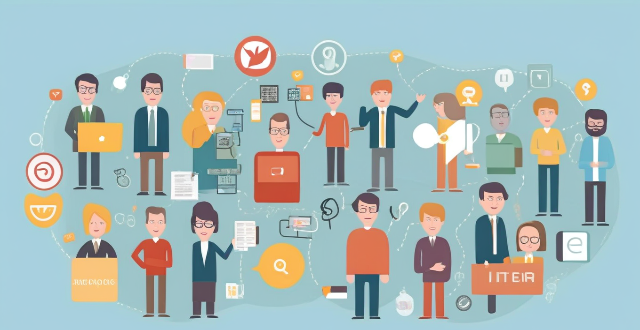
How do celebrities use social media to engage with their fans ?
Celebrities use social media to engage with fans through personal updates, interactive posts, live streaming, collaborations, promotional campaigns, and direct messaging.

How has social media impacted public climate awareness ?
In this topic summary, we examine the multifaceted impact of social media on public climate awareness. We explore how social media amplifies climate conversations, facilitates education and awareness campaigns, spreads misinformation and echo chambers, and fosters community building and collaboration. While social media has increased visibility and accessibility of climate-related content, it also presents challenges such as misinformation and polarized discourse. To harness its full potential, promoting accurate information and constructive dialogue is crucial for driving action towards a more sustainable future.

How does social media influence consumer behavior ?
Social media has transformed consumer behavior by increasing brand awareness, influencing purchasing habits, and changing perceptions of brands. It enables consumers to compare products, share feedback, and engage with companies directly. Social media also plays a crucial role in product development by providing insights into consumer needs and preferences. Companies can foster customer loyalty through engagement and exclusive deals on these platforms. The rise of social commerce allows for direct purchases within apps and live streaming sales events. Personalization and targeted marketing, including influencer collaborations, further impact consumer choices. Overall, social media's influence on consumer behavior is significant and continues to evolve with technological advancements.
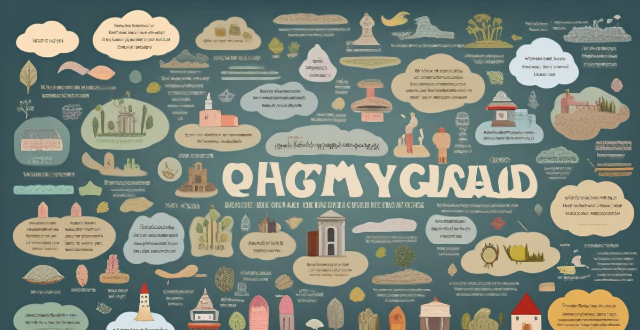
What role does media play in shaping our perception of cultural diversity ?
This article explores the significant role of media in shaping our perception of cultural diversity. It highlights how media exposure to different cultures, representation of cultural diversity, and influence on attitudes and beliefs contribute to understanding and appreciation of cultural diversity. The article encourages critical thinking and active seeking out of diverse perspectives to promote a more inclusive society.

How do celebrities use social media to promote their personal brand ?
Celebrities use social media to promote their personal brand by being authentic, engaging with fans, collaborating with others, maintaining consistent brand messaging, and promoting their own projects.
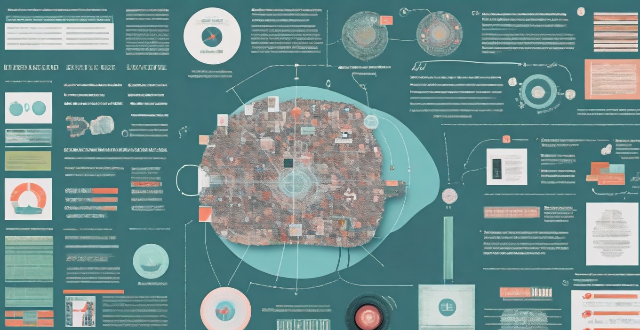
How does sports culture shape the media industry ?
Sports culture significantly impacts the media industry by influencing content, formats, and business models. This influence is evident across various media platforms, including news coverage, advertising strategies, social media engagement, and more. The prioritization of sports news, specialized reporting, live broadcasting, brand integration, athlete endorsements, and fan interaction are just some examples of how sports culture shapes the media landscape. Additionally, the growth of fantasy sports and gamification further integrates sports into media consumption. As both industries continue to evolve, their relationship is expected to grow stronger, with sports culture remaining a central force in shaping the media industry.

How has social media impacted the entertainment industry ?
The text discusses the impact of social media on the entertainment industry. It mentions that social media has increased accessibility to content, changed content creation, made it possible for audiences to interact with creators, become a crucial tool for marketing and promotion, and created new revenue streams. The text concludes that social media has had a profound impact on the industry and will continue to shape its future.
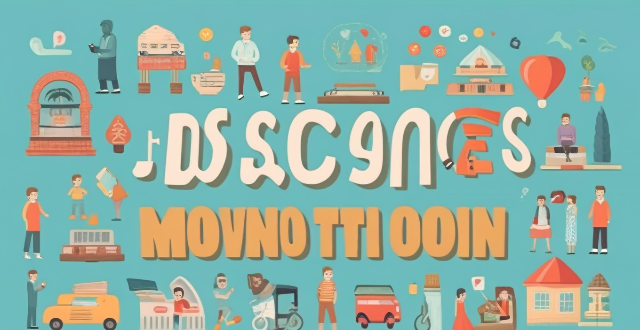
How has social media influenced environmental awareness campaigns ?
The text discusses how social media has revolutionized communication and information sharing, particularly in the context of environmental awareness campaigns. It outlines various ways in which social media has impacted these campaigns, including increased visibility, interactivity, accessibility, influence of celebrities and influencers, real-time updates, and crowdsourcing and fundraising opportunities. The text concludes that social media is an essential tool for promoting environmental causes and will likely continue to play a significant role in shaping our understanding of the environment and inspiring action.

How can parents monitor their children's social media use effectively ?
Social media has become an integral part of children's lives, posing risks like cyberbullying and inappropriate content exposure. Effective monitoring by parents is crucial for ensuring their safety. Strategies include establishing open communication, educating children about online safety, using parental control tools, setting boundaries and limits, encouraging offline activities, and staying involved and updated. These measures can foster trust and understanding while promoting safe and responsible social media use among children.

How can I improve my social media engagement ?
To improve social media engagement, create high-qualityTo improve social media engagement, create high-quality audience, collaborate with other accounts collaborate with other accounts, use hashtags strategically, and analyze your performance regularly.

What role does social media play in modern journalism ?
The Role of Social Media in Modern Journalism Social media has become an integral part of modern journalism, playing a significant role in the way news is gathered, distributed, and consumed. Here are some key ways social media influences journalism: 1. Breaking News and Real-Time Updates 2. Audience Interaction and Feedback 3. Investigative Journalism 4. Verification and Fact-Checking 5. Distribution and Content Promotion 6. Brand Building for Journalists 7. Monetization Opportunities 8. Ethical Considerations Overall, social media has reshaped journalism by providing new avenues for storytelling, audience engagement, and distribution. However, it also poses challenges related to accuracy, ethics, and the commercial aspects of news dissemination. Journalists must navigate these complexities to leverage social media effectively while maintaining the integrity of their craft.

What role does social media play in digital marketing ?
The Role of Social Media in Digital Marketing Social media has become an essential component of digital marketing, offering businesses numerous opportunities to promote their products and services online. Here are some key ways social media influences digital marketing: 1. Brand Awareness and Visibility - Increased Exposure: Social media platforms offer businesses a chance to reach a wider audience, increasing brand visibility. - Targeted Ads: Platforms like Facebook and Instagram allow for targeted advertising, ensuring that the right message reaches the right people. - Hashtags and Trending Topics: By participating in trending topics and using relevant hashtags, brands can increase their visibility and join conversations that align with their values. 2. Customer Engagement and Interaction - Direct Communication: Social media provides a platform for direct communication between businesses and customers, fostering better relationships. - Instant Feedback: Businesses can receive immediate feedback from customers, helping them improve products or services quickly. - Loyalty and Advocacy: Engaged customers often become brand advocates, promoting the business through word-of-mouth on their own social networks. 3. Content Marketing - Rich Media: Social media allows for various forms of content, including images, videos, and articles, making it easier to engage users. - Storytelling: Brands can use social media to tell stories that resonate with their audience, creating an emotional connection. - Influencer Collaborations: Partnering with influencers can help extend a brand's reach and credibility among specific demographics. 4. Lead Generation and Conversion - Promotions and Discounts: Social media is an effective channel for promoting sales and discounts, driving traffic to websites or physical stores. - Contests and Giveaways: These activities not only generate excitement but also encourage user-generated content, further expanding a brand's reach. - Retargeting: Through retargeting ads, businesses can remind potential customers of their interest in a product or service after they've interacted with the brand online. 5. Data Collection and Analysis - Insights and Analytics: Most social media platforms provide analytics tools that offer valuable insights into customer behavior and preferences. - Audience Segmentation: By analyzing social media data, businesses can segment their audience and tailor their marketing efforts accordingly. - Competitive Analysis: Social media also allows businesses to monitor competitors' activities and strategies, helping them stay ahead in the market. In conclusion, social media plays a multifaceted role in digital marketing, from enhancing brand visibility to facilitating customer interactions and generating leads. As technology continues to evolve, so will the ways in which social media influences digital marketing strategies.

How does the media influence people's attitudes towards sports ?
The text discusses the media's influence on people's attitudes towards sports. The author outlines several ways in which the media affects people's perceptions of sports, including increased visibility, fan engagement, athlete personas, cultural significance, controversy and debate, and marketing and branding efforts. The author concludes that the media has a powerful impact on how individuals perceive and relate to sports.
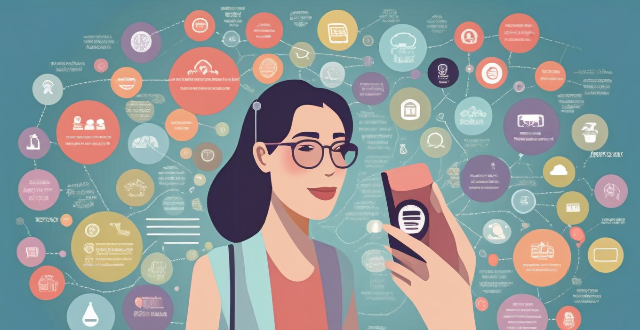
How does social media impact the development of teenagers ?
The article discusses the impact of social media on teenagers, highlighting both its positive and negative effects. The positive effects include connectivity, information and learning, and creativity and self-expression. However, the negative effects such as addiction, cyberbullying, and privacy risks are also significant concerns. The article emphasizes the need for responsible and safe use of social media by teenagers.
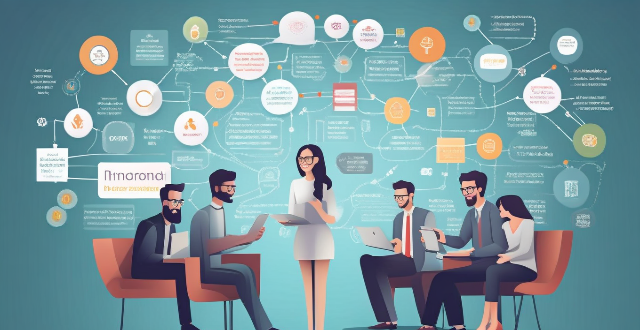
What are the pros and cons of using social media in education ?
The article discusses the advantages and disadvantages of using social media in education. Advantages include enhanced communication, collaboration and networking, access to diverse information, skill development, and flexible learning. Disadvantages are distractions and time management, privacy concerns, misinformation, academic integrity issues, equity concerns, and teaching challenges. The conclusion states that careful consideration and strategic implementation are key to harnessing the benefits of social media in education while minimizing its drawbacks.

What is the relationship between sports sponsorships and media coverage ?
Sports sponsorships and media coverage are interdependent entities that significantly impact the promotion of sporting events and athletes. This article explores their relationship, including how each influences the other and their collective impact on the sports industry. Sports sponsorships offer benefits such as increased exposure, brand awareness, targeted marketing, customer loyalty, and corporate social responsibility. Media coverage amplifies these benefits by increasing visibility, enhancing brand image, improving ROI, creating opportunities for storytelling, and amplifying promotional efforts. The relationship between sports sponsorships and media coverage is mutually beneficial, with each entity contributing to the success of the other. To maximize this relationship's benefits, sports organizations and sponsors must collaborate to create captivating stories and experiences that attract media attention and consumer interest.